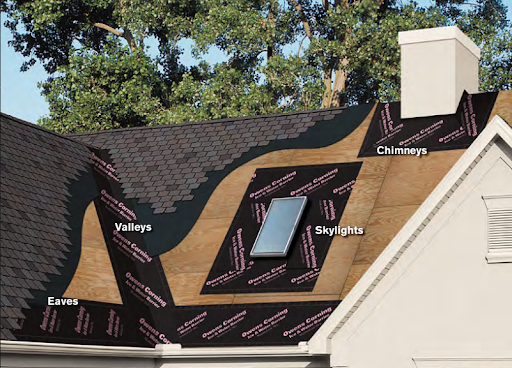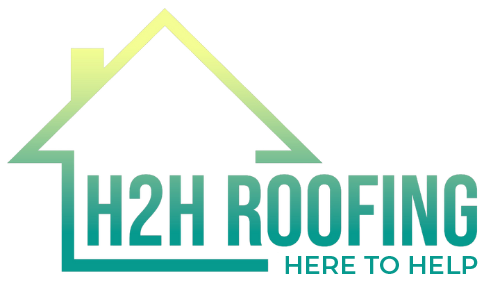- Roofing Materials
- 0 Comment
Why do I need Ice & Water Shield on my Roof?
If you live in Southeast Louisiana, you can easily look back to the last 50 years of weather patterns and be hard pressed to find anything resembling snowfall. That would make it justifiable that most of us would have trouble functioning in this type of weather outside of making a snow Angel. Although we may not know how to make the perfect snowman or prepare our roads by salting them before a snowstorm, we are familiar with protecting our historical architecture and homes with certain building techniques. Whether custom fabricated storm shutters or a Fortified Roof, using preventative building materials and techniques allow us to weather storms from season to season. But what happens if we haven’t used the right building materials, or if those materials fail?
In January 2025, we received a record setting 10” of snowfall in New Orleans and the surrounding areas. This uncommon occurrence, although beautiful, had an impact on not only our infrastructure but our neighborhoods and homes. A home’s ability to provide protection from adverse weather comes primarily from its roof, or roof cover system. This system is composed of several individual materials each having their own functions as well as working collectively as a whole to protect our homes from the elements.

What is Ice & Water Shield? Ice & Water Shield is a synthetic, self-adhesive, waterproof membrane installed underneath roofing shingles. It’s primarily used to protect vulnerable areas of a roof (particularly eaves, valleys and chimneys) from water damage caused by ice dams, heavy rain and wind. It essentially acts as a protective barrier that sticks directly to the roof deck, creating a watertight seal to prevent leaks. It is a material that is considered an upgrade in our area, so it’s often not installed in order to cut costs.
The advancements in technology of roofing components have come a long way in being able to help limit damage to your home caused by extreme weather conditions, an investment in more durable materials could mean the difference between your roof failing or not. Also, as you know, we are in a part of Louisiana that frequently experiences tropical storms, hurricanes and heavy rains, which coupled with occasional winter weather will accelerate wear and tear. There are roofing materials available on the market that will help mitigate the damaging effects of our climate as well as aging. The desire to cut cost on the front end of a roofing project by foregoing certain materials could be detrimental in the long run.
Although the specific materials on a roof may vary from house to house as well as from region to region, there are some basic components that will remain the same. These consist of a substrate (which is the roof deck), an underlayment or vapor barrier and the roof cover, such as asphalt shingles, slate or clay tiles. These standard materials are coupled with others such as ice & water shield, corrosion resistant flashing or high-impact/high wind rated shingles which would provide the specific protection needed by your home to withstand the adverse effects of Gulf Coast weather events. Homeowners and builders alike have a tendency to try to keep the costs of construction down when it comes to building new homes or renovating existing ones. This is sometimes accomplished by using cheaper materials or foregoing them entirely. These practices may seem to be cost effective on the front end but skimping on something like ice and water shield over the entire roof deck may have devastating consequences later on down the road. Let’s talk about how this can have unforeseen and adverse effects on a roof.

Imagine for a moment… you’ve replaced your roof, and you decide not to have ice & water shield installed. Your contractor does a great job, everything is installed properly, and you have those beautiful new shingles that you’ve had your eye on. A few months later, we get a snowstorm, and that snow accumulates in your gutters, around your chimney, and in the valleys of your roof. A snowfall such as the one we had recently accumulated and sits on your roof, adding additional weight and stress that is not common for this area. As the sun rises each day, it begins melting the snow little by little, slowly draining it from your roof. By not having an ice and water shield barrier, this slow melt is more likely to get under your shingles and eventually into your home. Aside from the potential of water intrusion during the day, as temperatures lower overnight, they will cause the snow to refreeze; this causes the expansion and contraction of your roof and will also create a likelihood for the melting ice to find a way into your home.


